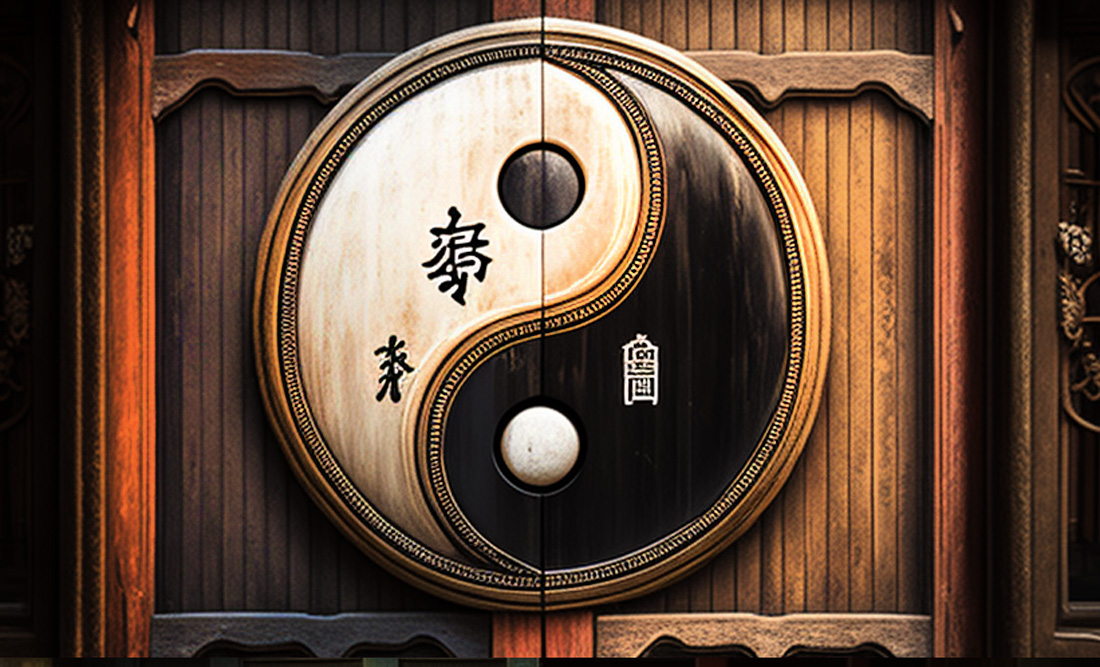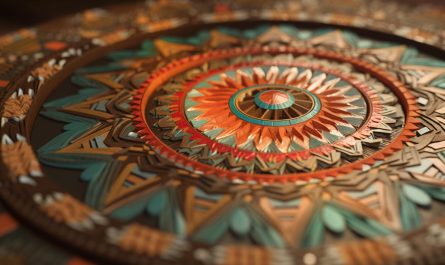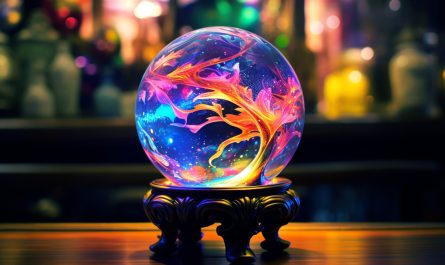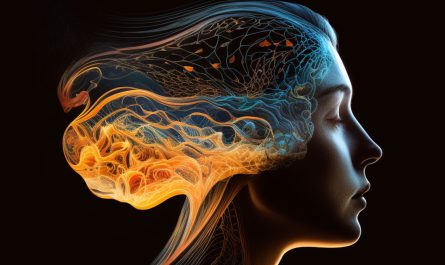Last Updated on March 18, 2023 by Avia
The dualistic idea that seemingly diametrically opposed traits can coexist quietly and harmoniously is symbolized by the classical Chinese symbols for yin and yang (or “and”). Sayings like “There can be no light without darkness” are based on the same idea. Each of the yin and yang’s black and white parts represents a different attribute. As you might imagine, the symbolism of the yin-yang is deep and intense.
The internationally recognized yin-yang symbol also has roots in Taoism/Daoism, Chinese philosophy, and religion. The yin, is associated with shadows, the dark swirl, femininity, plus the crest of a wave. On the other hand, Yang highlights passion, brightness, and expansion.
Table of Contents
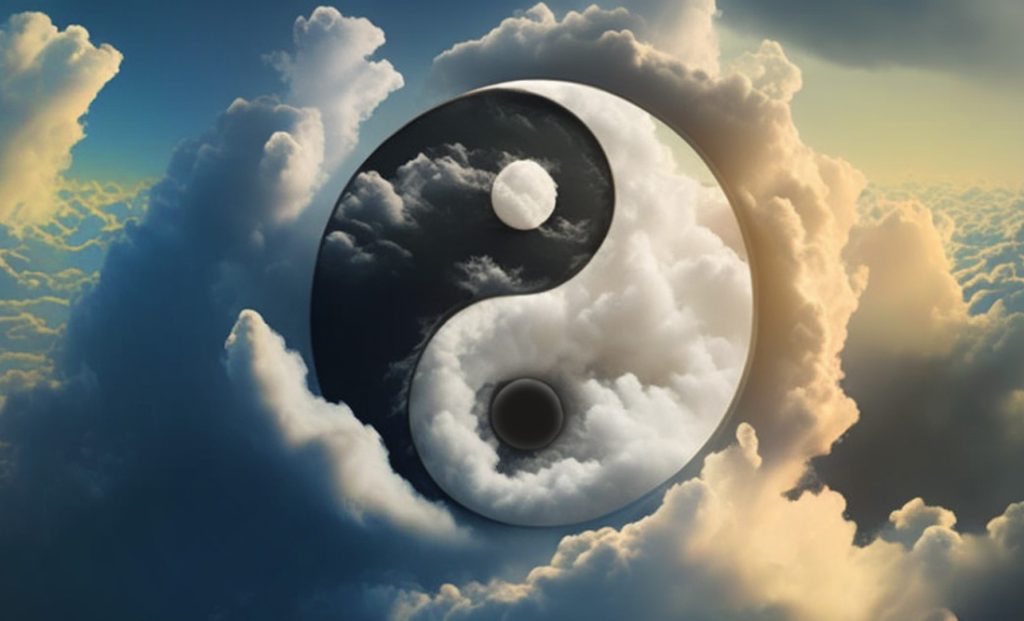
What is Yin Yang Mean
The yin-yang represents the basic polarities of the cosmos, such as hot and cold, light and dark, and creation and destruction. The yin-yang circle is divided into two halves, each of which contains a different aspect of its own negation. Two half consider the pair of everything but with opposite sexes. These halves represent the dichotomies of existence (so light in dark, death in birth, male in female, and so on). This represents how the meaning of life is determined not only by what it is, but also by what it is not.
What Do Yin and Yang Symbolize?
The Chinese word “taijitu” is frequently used to refer to the yin-yang symbol. It’s a well-known sign that you’ve probably seen on a number of items like jewelry, clothing, notebooks, etc. The most well-known rendition of the symbol is a circle consisting of two interlocking black and white swirls or teardrops. There is a dot of the matching color inside each spiral.
The internal dividing line resembles a soft S. It illustrates the interconnectedness and constant interaction of yin and yang. At the apex of the sign, yang increases while yin contracts. At the bottom, yin grows while yang shrinks. The ideal situation, where the two are equally balanced, results in harmony.
Each section of the symbol incorporates a miniature circle of the opposite color to emphasize the relationship between the two, in addition to the way the white and black pieces fit together to form a circle with perfect precision. The tiny rings show that nothing is absolute. Every bit of yin and vice versa contains some yang. This serves as just another illustration of their connection. The outer circle of the yin-yang symbol represents the entire universe. It exemplifies how yin and yang represent both things we comprehend and things we do not.
Yin Yang Chart of Associations
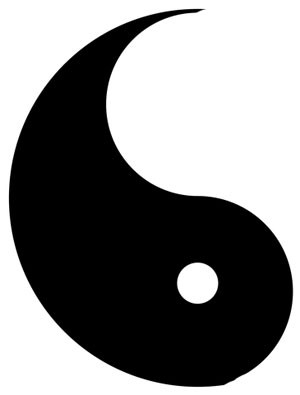 | 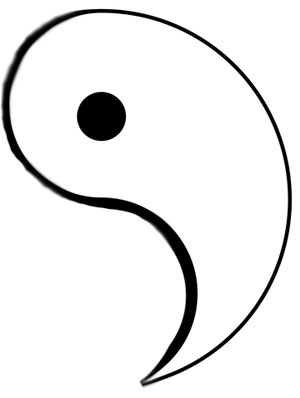 |
| Yin Dark Female Night Moon Passive Winter Water Earth Down | Yang Light Male Day Sun Active Summer Fire Sky Up |
Origin of Yin-Yang Symbol
The symbolism of yin-yang has its roots in the ancient Chinese method of keeping time, which dates back at least to 600 BCE. This method involved using a pole to measure how long the shadows changed throughout the solar year. In fact, some people have claimed that the yin-yang sign closely resembles a graphic depiction of the daily variation in a pole’s shadow length over the years. 1 Yang, which starts at the winter solstice, marks the start of the time when daylight wins out over nighttime and is hence linked to the sun.
The yin, which starts at the summer solstice and is connected to the moon, stands for the predominance of darkness over daylight.
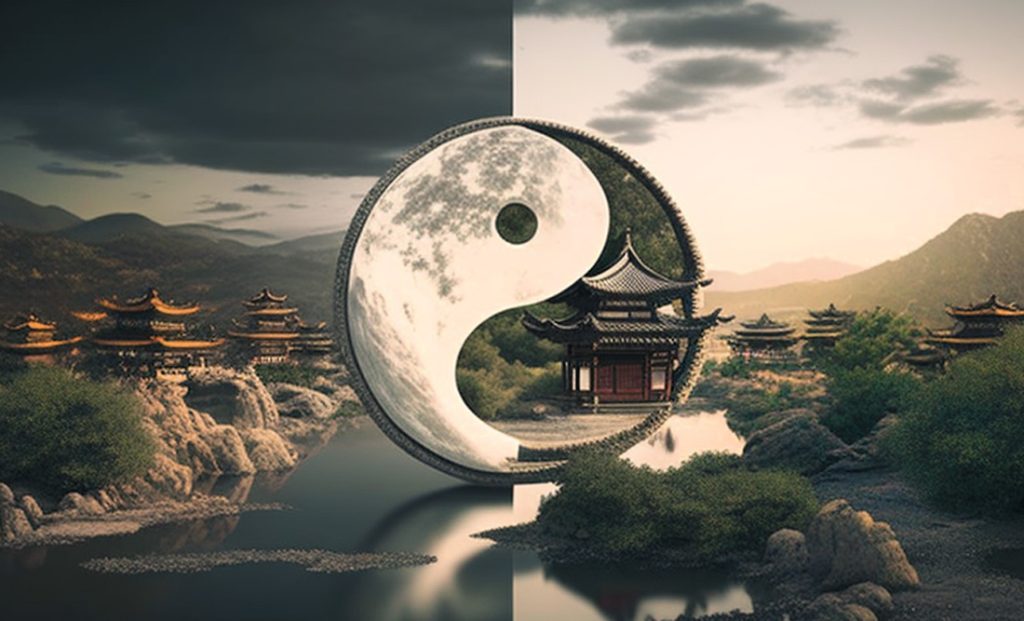
Historical Overview
China has been using the idea of yin and yang for thousands of years. The two names were first used in various ways to refer to different elements of nature and were discovered on oracle bones. Over two thousand years ago, a school known as the “yin yang school” was also created, which taught the concepts of balance and patterns.
In the earliest dictionary of Chinese characters, which was produced around 100 AD, yin was defined as “height, brightness, and the south side of a mountain” and yang as “a closed door, darkness, the south bank of a river, and the north side of a mountain.” Another first known occurrence of the phrases yin and yang combined described yin as the shadowy aspect of hill.
The principles of yin and yang became more widespread and connected to intellectual conceptions during the Zhou Dynasty (1050–771 BC). Confucius and Lao Tzu were among the first philosophers to teach the yin and yang theory. Around this period, yin and yang started to play a significant role in Taoism (sometimes called “Daoism”). This iconic symbol, which we trace in Taoist temples, incense burners, and robes, has emerged as one of the most widely used Taoist emblems over time. The yin and yang concepts were incorporated into many different facets of Chinese and East Asian culture over the years.
The yin-yang symbol’s actual date of creation is unknown, and no one is certain who came up with it first. Yet, it was unquestionably in use by the time Song dynasty philosopher Zhou Dunyi popularised it in around 1000 AD. It was a typical symbol to put on jewelry, t-shirts, etc. for many years, but especially from the 1970s to the 1990s. Many who wear it are unaware of the symbol’s full history or significance, but they like the way it looks and how it encourages balance and change.
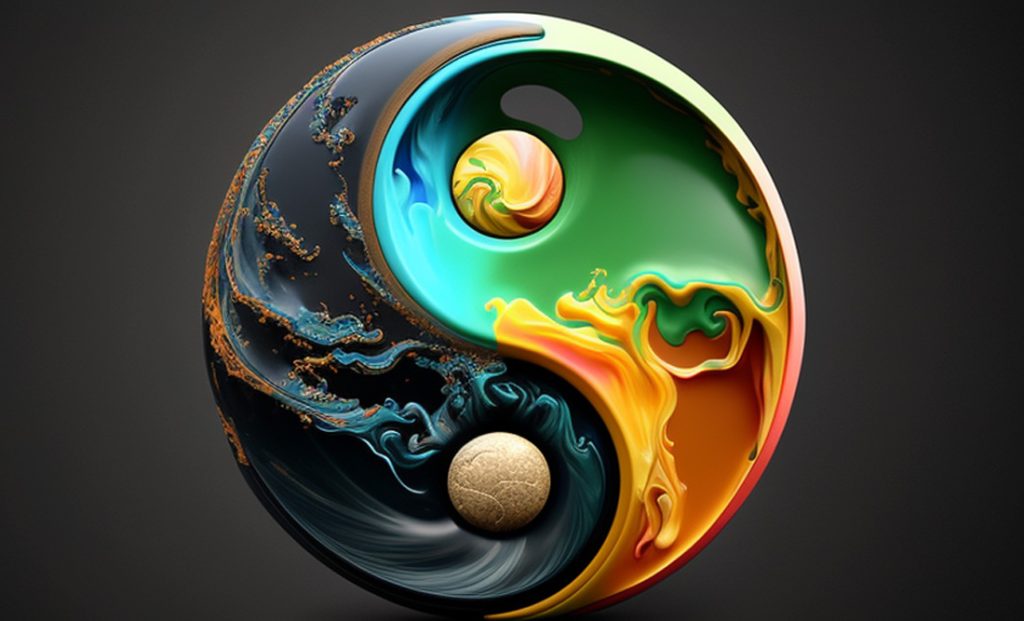
Medical Use of Yin-Yang
The Huangdi Neijing, also known as the Yellow Emperor’s Classic of Medicine, heavily emphasizes the concepts of yin and yang. It is the first Chinese medicinal text and dates back roughly 2,000 years. The yin and yang forces within one’s own body are thought to need to be balanced in order to be healthy.
Both Feng Shui and traditional Chinese medicine still place a lot of emphasis on yin and yang. The yin-yang sign highlights the connection between the world. There can never be an open or closed door, light or shadow, and no man without women (because in the traditional sense, males cannot complete themselves without females in terms of procreation – that is the reason fertility readings are an important tool for women). The yin-yang symbol itself serves as a representation of this fertility connection. You can see that the symbol doesn’t have a straight line in the middle to represent the division of yin and yang as you look at it.
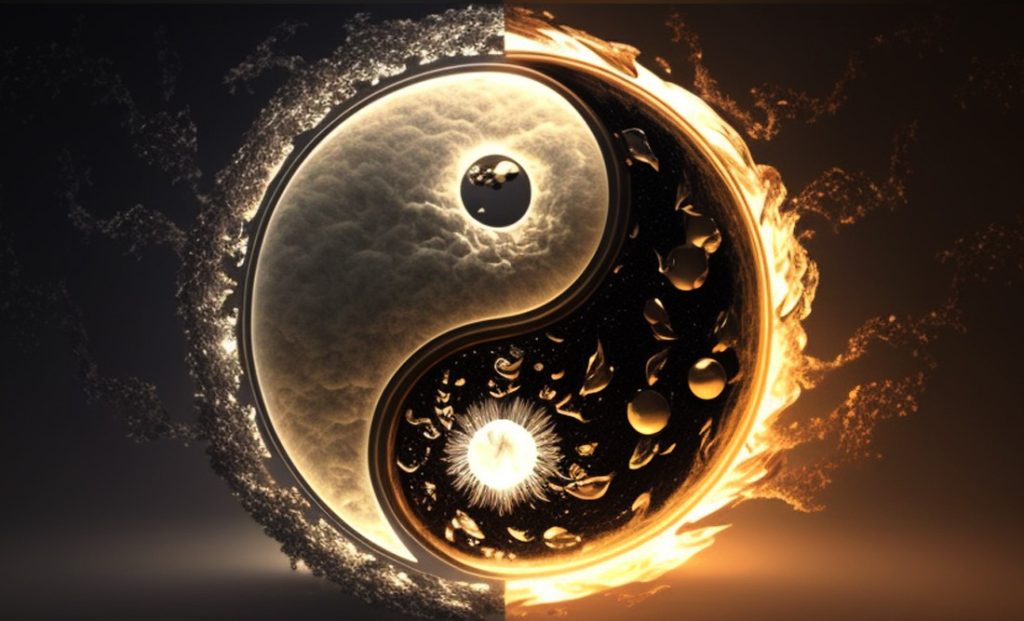
Conclusion About the Symbolism of the Yin-Yang
So what is the symbolism of the yin-yang?? These two concepts speak for the necessity of change, opposing forces, and equilibrium when taken together. Which contrasts the yin with the yang? The black Yin component of the symbol represents feminine energy, shadows, and the less clear-cut aspect of things. Yang (the white part of the sign) is a representation of the sun, masculine energy, and other more overt concepts. For harmony to exist, both are necessary in equal proportion; neither is more powerful than the other. We hope you have enjoyed this article on the symbolism of yin-yang, and as always, thanks for reading!

